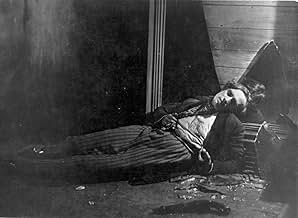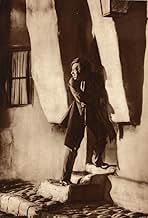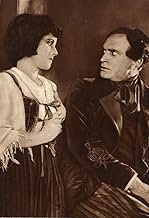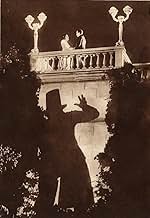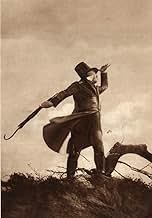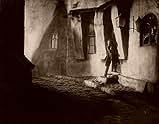For Balduin, going out to beer parties with his fellow students and fighting out disputes at the tip of the sword have lost their charms. He wants to find love; but how would he, a penniless... Read allFor Balduin, going out to beer parties with his fellow students and fighting out disputes at the tip of the sword have lost their charms. He wants to find love; but how would he, a penniless student, ever dare looking up to any woman worth of loving? Absorbed in his dreary though... Read allFor Balduin, going out to beer parties with his fellow students and fighting out disputes at the tip of the sword have lost their charms. He wants to find love; but how would he, a penniless student, ever dare looking up to any woman worth of loving? Absorbed in his dreary thoughts and indifferent to the advances of Lyduschka, Balduin is unexpectedly offered a fortune... Read all
- Liduschka, Blumenmädchen
- (as Elizza la Porta)
- Comtesse Margit, seine Tochter
- (as Agnes Esterhazy)
- Director
- Writers
- All cast & crew
- Production, box office & more at IMDbPro
The only things I know about director Henrik Galeen are that he directed "The Golem" and wrote "Nosferatu." But I am willing to maintain that he was a movie genius of the first order. His work is full of wonderful expressionistic flourishes, reminiscent of "Caligari," which is probably not surprising since the two movies share the same production designer, Hermann War (they also share Veidt of course). The movie's highlights are unforgettably effective, including the fantastic moment when Scapinelli's giant shadow snatches a love letter that Balduin has sent to the countess. In another scene, Galeen uses a shaky hand-held camera for a drunken POV shot. There's also a neat bit of foreshadowing in an early scene in which Balduin fences with himself in the mirror. I noticed some other shots that anticipated future movies:
o A long shot of Scapinelli, in silhouette, alone on a hilltop next to a solitary tree, vowing revenge ("Gone With the Wind") o A fox hunt captured through hand-held cameras and jerky editing ("Tom Jones") o A lovelorn girl sublimates her unrequited feelings for a guy by secretly cleaning his apartment ("Chungking Express") and get a load of the way she fondles his saber! YOW!
Either these shots are coincidences, or "The Student of Prague" was far more influential than is generally known.
Well, now that I have finally bagged "The Student of Prague," I can turn my quest to two other objects: (1) a decent print of it (preferably in a theatrical screening); and (2) the original 1913 movie, of which this 1926 version is just a johnny-come-lately remake.
- Binx_Bolling
- Jun 30, 2005
- Permalink
Storyline
Did you know
- TriviaElizza La Porta's debut.
- Alternate versionsVersion restored in 1999 for the Munich Film Archive based on a copy with Spanish intertitles from the Archivo Nacional de la Imagen y la Palabra - Sodre in Montevideo that was secured by L'Immagine Ritrovata, Bologna, and a German copy secured by Gosfilmofond, Moskow. The version has been re-tinted, with the tinting only partially matching that of the Spanish copy. Music by Stephen Horne, sound Orpheus Studio, London. Runtime 2 hours 13 minutes.
- ConnectionsEdited into Histoire(s) du cinéma: Le contrôle de l'univers (1999)
- How long is The Student of Prague?Powered by Alexa
Details
- Release date
- Country of origin
- Language
- Also known as
- The Student of Prague
- Production company
- See more company credits at IMDbPro
- Runtime1 hour 50 minutes
- Sound mix
- Aspect ratio
- 1.33 : 1
Contribute to this page








